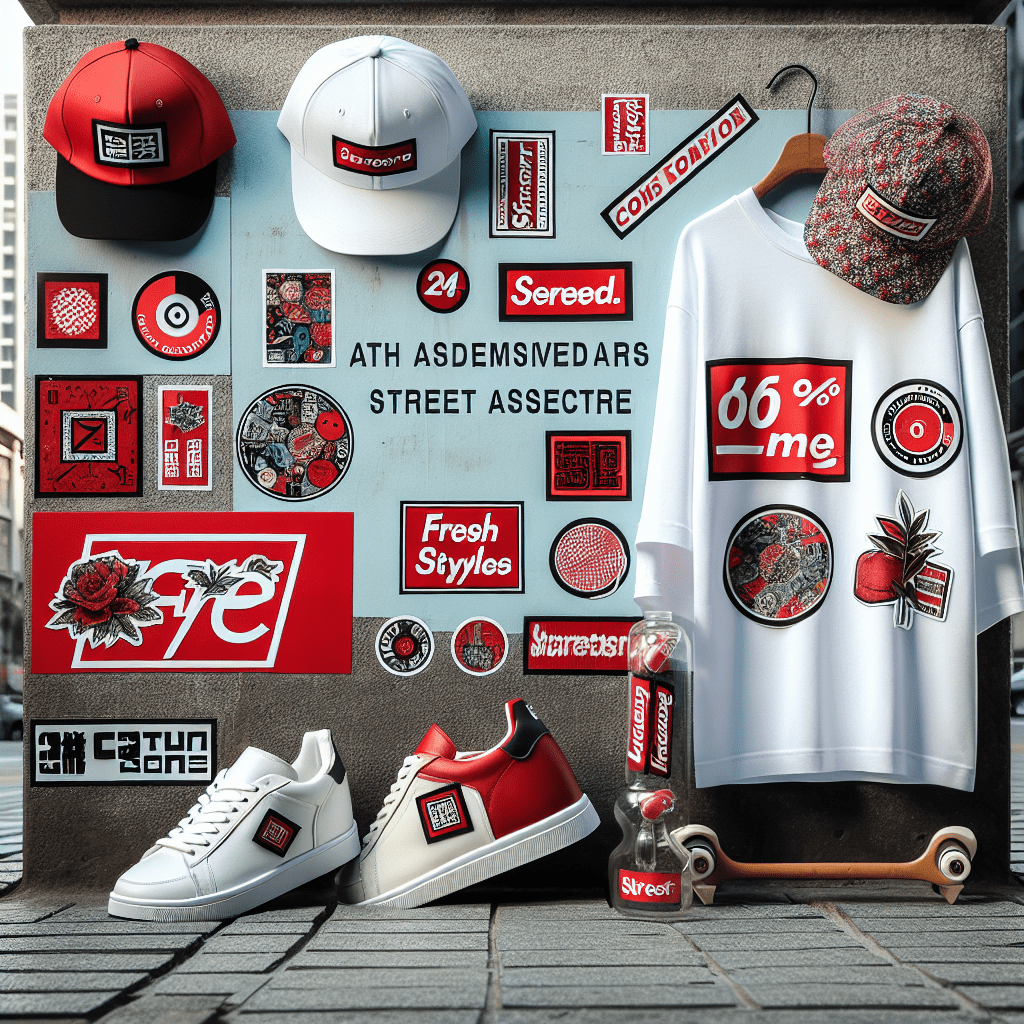The Multifaceted World of Supreme: Brand Revolution in Streetwear Culture
Supreme is not simply a brand; it is a cultural barometer that has come to epitomize the essence of streetwear and the embodiment of youth culture. Through innovative design, savvy marketing strategies, and exclusive collaborations, Supreme has evolved from a singular skate shop into an international fashion phenomenon. This intricate article aims to unpack the legacy, impact, and future direction of Supreme within the contemporary fashion industry and its unique stance in the wider cultural spectrum.
Supreme’s Origins: From Skateboarding to Streetwear Icon
Supreme’s foundation was laid in 1994 when James Jebbia opened the first Supreme store on Lafayette Street in downtown Manhattan, New York. It started as a brand deeply rooted in skate culture, catering to the local skater community. Supreme initially sold a mix of their own merchandise and other skate brands while fostering a space that was as much a meeting place for skaters as it was a retail location. The brand’s early designs incorporated the DIY ethos of skateboard subculture alongside biting humor and rebellious graphics that resonated with its target demographic.
Over time, the label’s aesthetic pulled vibrant threads from various subcultures, including punk, hip-hop, and art. This assimilation compounded Supreme’s burgeoning clout, culminating in its undisputed crown as the king of streetwear.
Branding Genius and Business Model
Active control over supply chain and mystique marketing stands out amongst Supreme’s array of business strategies. Rather than following traditional seasonal releases, Supreme drops limited products weekly on Thursdays, hence building anticipation among consumers while managing to keep up steady interest throughout each season. The controlled release of scarce products not only reinforced the brand’s allure but also fueled a vibrant resale market where items can fetch multiple times their retail price minutes after being sold out online or in stores.
Moreover, Supreme cultivated its brand identity through strategic collaborations with an eclectic mix of creatives and brands – from luxury fashion houses like Louis Vuitton to iconic artists like Damien Hirst and mainstream enterprises, including The North Face and Nike.
Cultural Impact: A Fashion Nexus
Supreme prospers at the interstice where fashion meets cultural tides. The influence of urban youth has never been more pronounced in fashion cycles than with Supreme echoing in every alley of streetwear today. With celebrity endorsements and regular appearances within various music scenes, Supreme turned its ‘hype’ into widespread demand by refusing to conform with mainstream fashion norms.
Thriving on exclusivity and rebellion against societal norms have made Supreme emblematic of the anti-establishment ethos among young people globally. As such, owning a piece of Supreme gear translates to holding a socio-cultural badge signifying inclusion within certain “in-the-know” circles and communities.
The Secondary Market: Resale Echoing Exclusivity
The phenomenon of reselling has escalated exponentially in tandem with Supreme’s surge in popularity. A fervent community probes avidly for these limited droplets for personal accumulation or profit-driven resale. Pieces are often listed at high premiums on secondary markets and auction sites shortly after they’re released.
This aftermarket hustle adds an additional layer to Supreme’s aura of desirability; many customers vie for ownership over something inherently scarce – likening each product to more than mere apparel or accessory, but rather a treasure trove combine comprising culture, craft, and communal currency.
Challenges and Critiques
Despite its impressive achievements, Supreme has not been impenetrable to criticism or challenges. As streetwear goes more mainstream, a key critique is its departure from genuine skate culture roots – commercializing, some might argue, what once was a representation of the disenfranchised subculture.
There are also conversations about the implications of “hype culture” on consumerism and sustainability. The buying frenzy engenders waste and promotes consumer habits antithetical to environmental stewardship.
With that said, Supreme remains a subject dissected by ethical quandaries comparable to many dominant entities in fashion consumerism.
